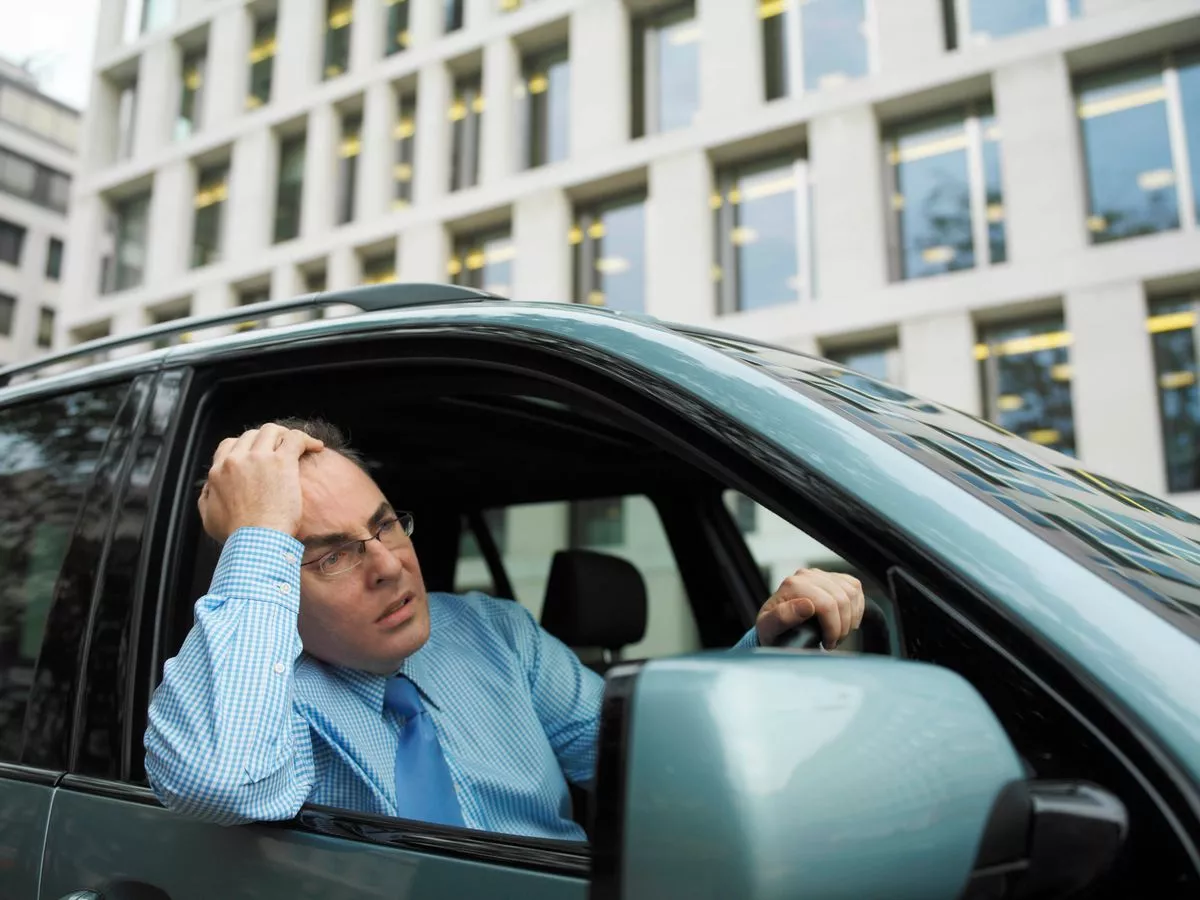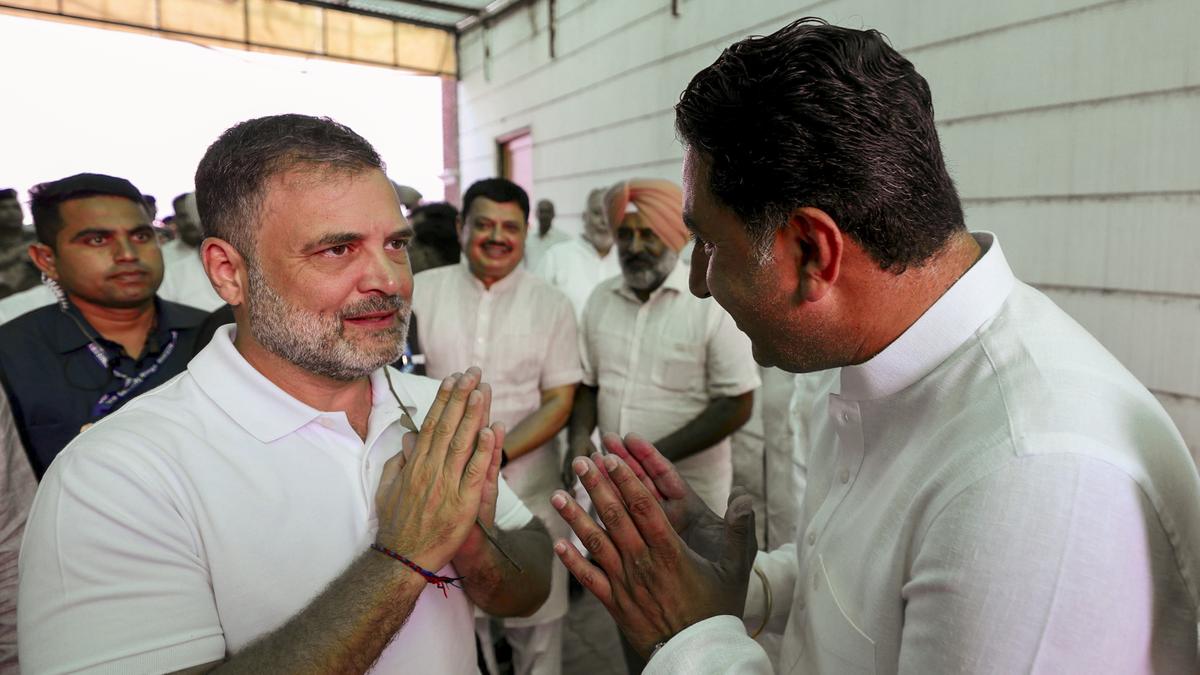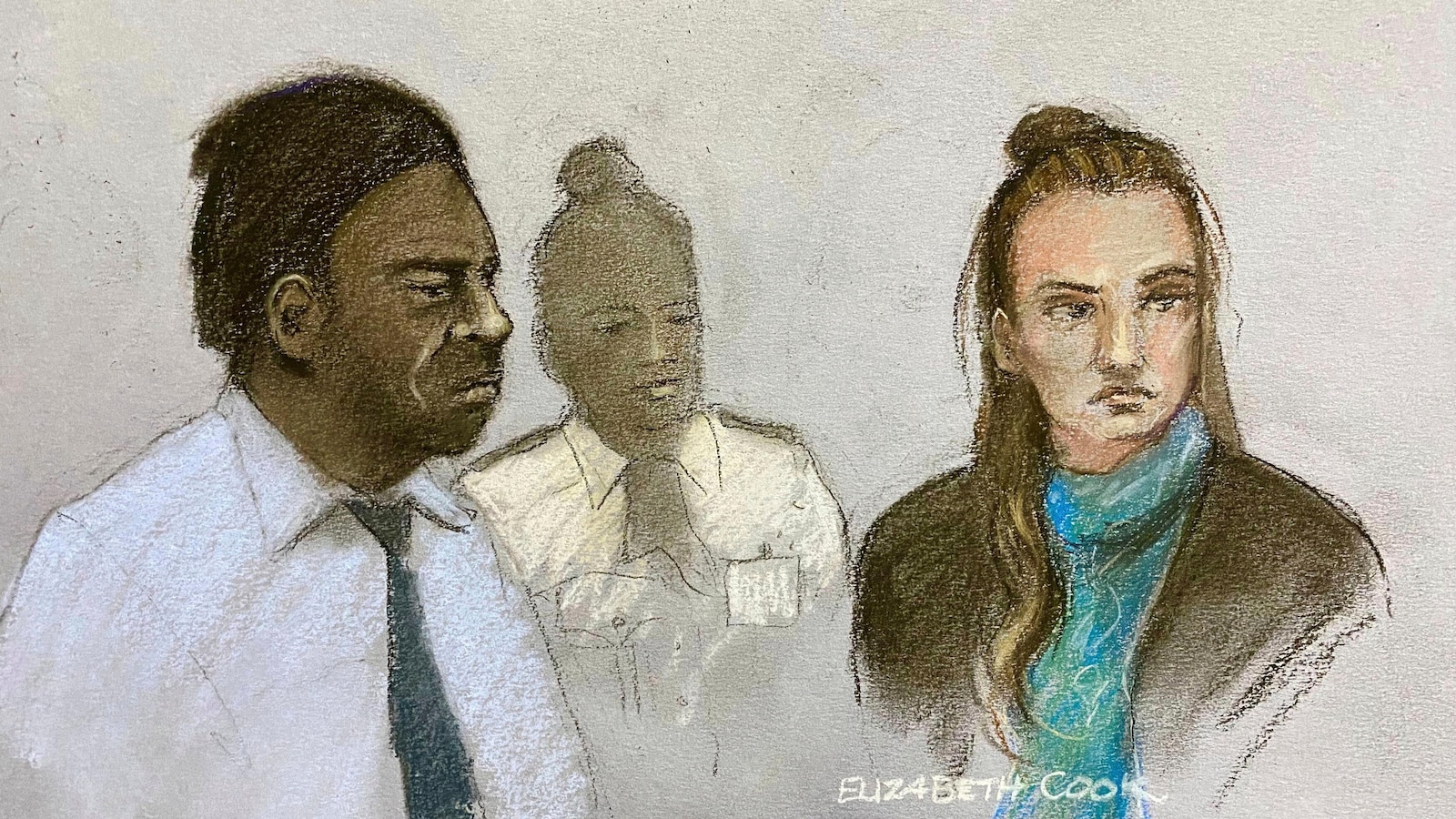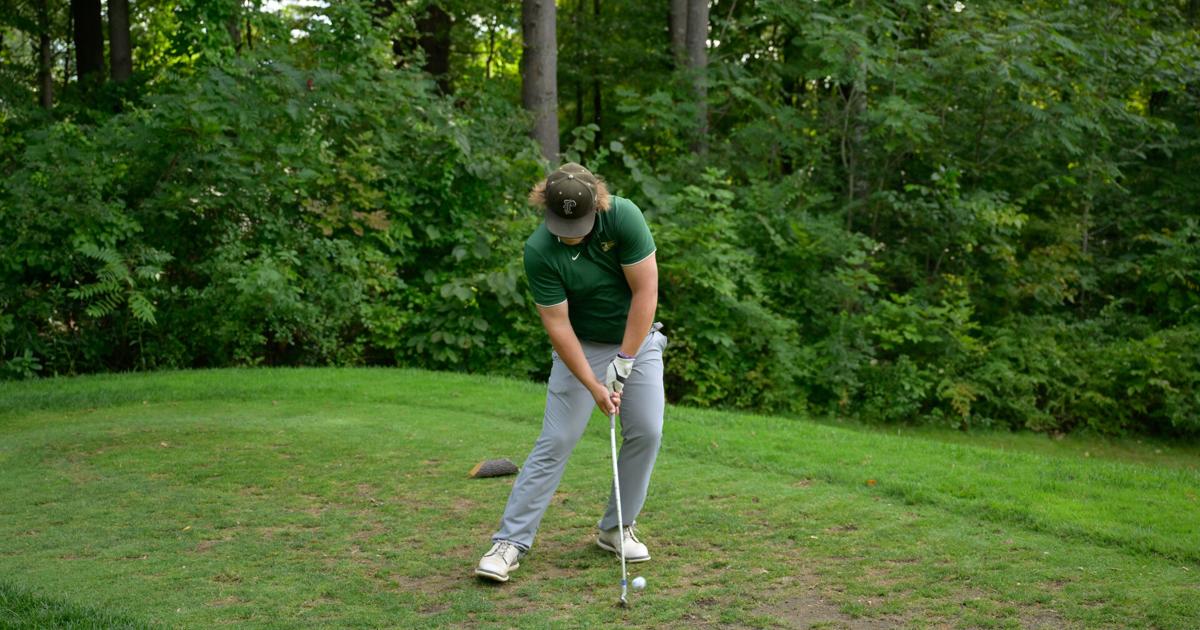By Kieran Isgin
Copyright dailystar

Drivers facing sudden breakdowns are being told to remember three crucial steps. The Driver & Vehicle Standards Agency (DVSA) has reminded motorists to stay “be prepared” should their car unexpectedly fail while travelling on the motorway. Such scenarios become particularly perilous during busy periods when traffic is heavy on these major routes. When a car breaks down on the motorway, experts typically recommend attempting to manoeuvre the vehicle onto the hard shoulder for safety. Yet this isn’t always feasible, particularly if drivers aren’t in the left-hand lane when trouble strikes or if the motorway section lacks a hard shoulder entirely. Taking to X, the DVSA advised: “Would you know what to do if your vehicle broke down on the motorway? If you can’t reach a place of relative safety, you should: stay in your vehicle; keep your seat belt and hazard warning lights on; call 999 immediately.” Following essential guidance could help minimise the risk of collision with other vehicles during a motorway breakdown. Rule 275 of the Highway Code explains: “If you need to stop your vehicle in the event of a breakdown or incident, try to stop in a place of relative safety. A place of relative safety is where you, your passengers and your vehicle are less likely to be at risk from moving traffic. “The safest place to stop is a location which is designed for parking. On motorways and other high-speed roads, the safest place to stop is a service area.” If a services isn’t available, the Highway Code instead advises trying to move into a lay-by, an emergency area, or the hard shoulder. Despite this, it also states: “Be aware that hard shoulders provide less protection than other places of relative safety because they are so close to high-speed traffic. “You and your passengers should, where possible, keep well away from your vehicle and moving traffic. Otherwise moving traffic could collide with your vehicle, forcing it into you and your passengers.” Rule 276 of the Highway Code also provides some additional advice on what you can do if your vehicle breaks down. First and foremost, it highlights that you should always think about other road users and how your actions could affect them. It also advises to



